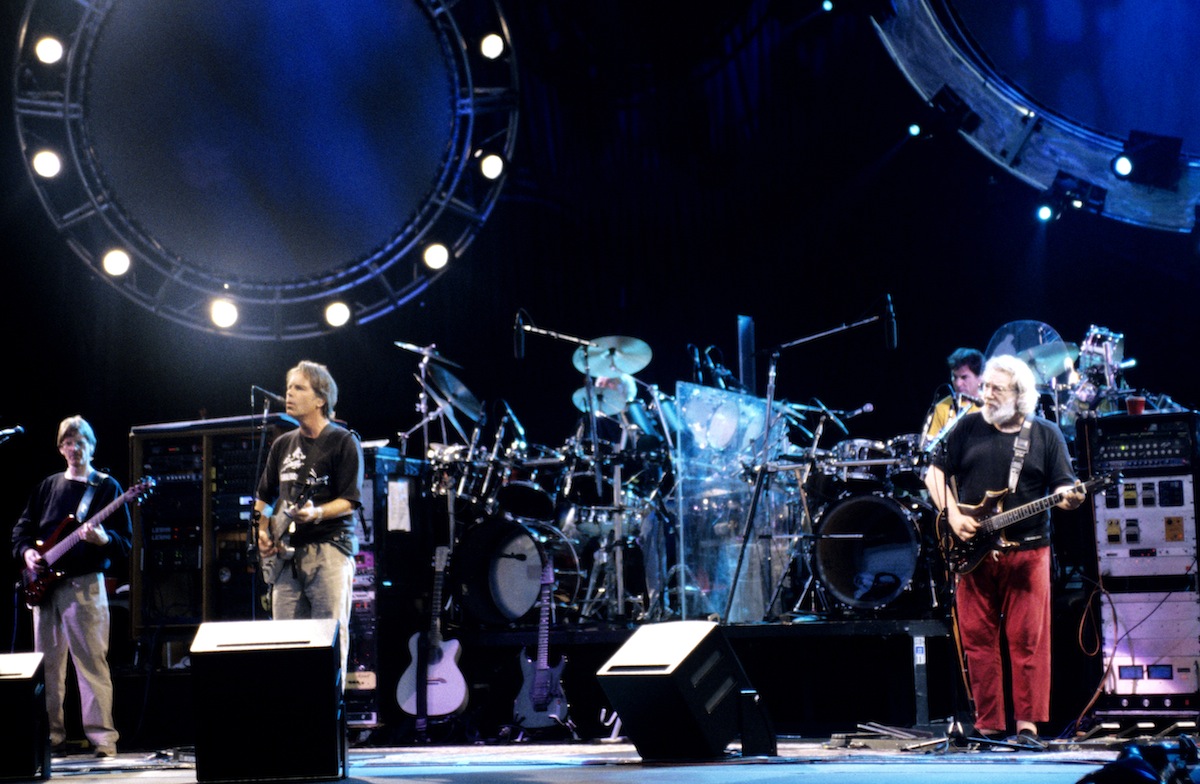
The Grateful Dead’s final show with Jerry Garcia marked the end of an era—for music lovers and acid trippers alike.
Twenty years ago today, on July 9, 1995, the consummate jam band played live for the last time at Chicago’s Soldier Field. Frontman Garcia died the following month, at 53. This past weekend, the band’s surviving members plus guest artists, including Trey Anastasio of that other jam band, Phish, commemorated the historic concert and the 50th anniversary of the Grateful Dead’s formation with a three-show tribute at the same venue.
But while fans mourned the end of the band’s 30-year run, the final show heralded another milestone: a steep decline in the use of LSD, which still hasn’t bounced back. Drug Enforcement Administration (DEA) agent—who ostensibly went to great tie-dyed lengths to blend in with what TIME estimated, in 1985, to be between 10,000 and 37,351 devoted Deadheads—discovered that, without the shows to bring acid users and their dealers together, the supply chain became irrevocably severed, per Slate. “Phish picked up part of the Dead’s fan base—and presumably vestiges of the LSD delivery system,” Ryan Grim, who later wrote a book on drug culture in America, wrote for the site in 2004. “At the end of 2000, Phish stopped touring as well, and perhaps not coincidentally, [reported LSD use] began to plummet.”
7 Pictures That Show the Grateful Dead’s Evolution Over the Years

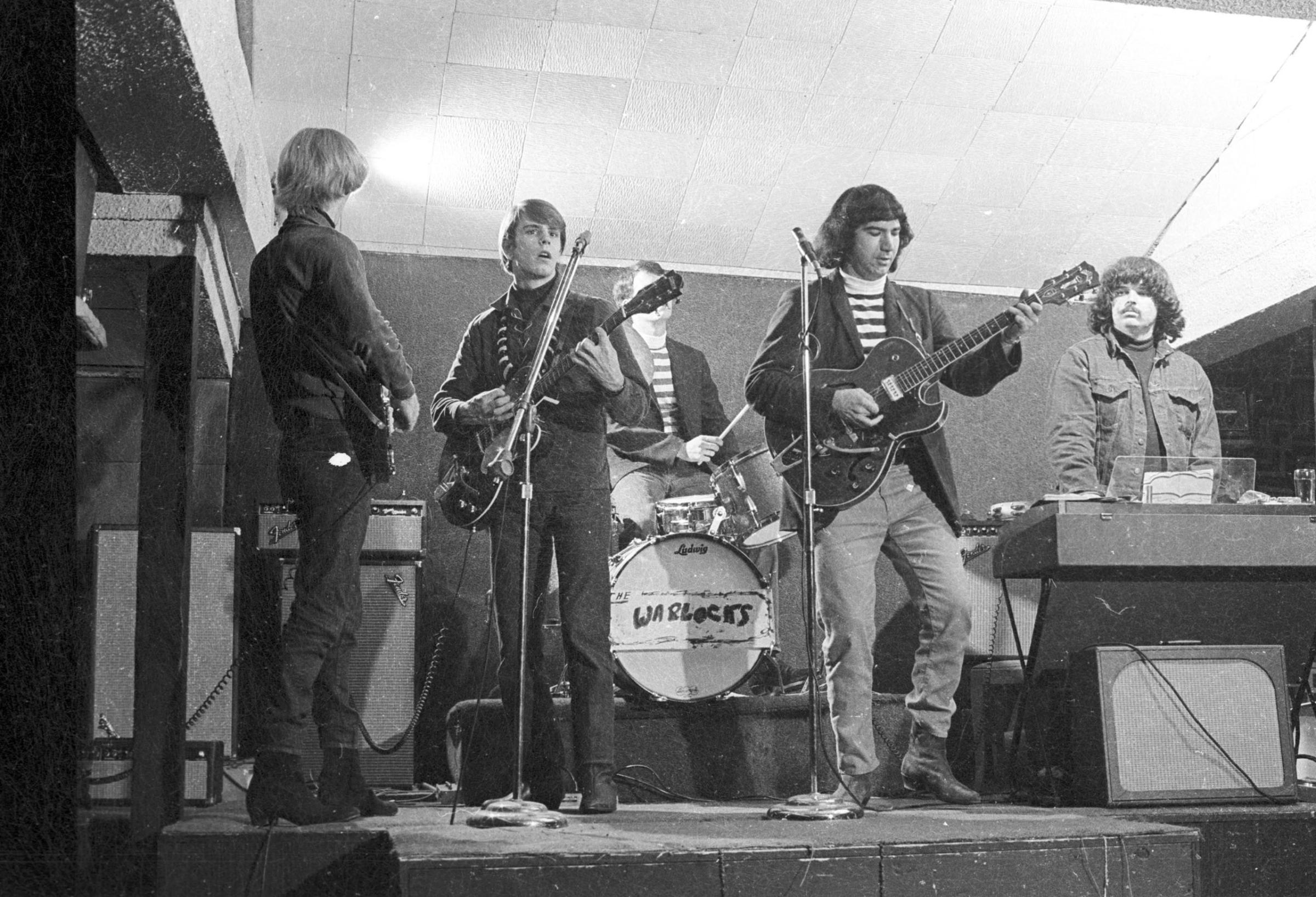
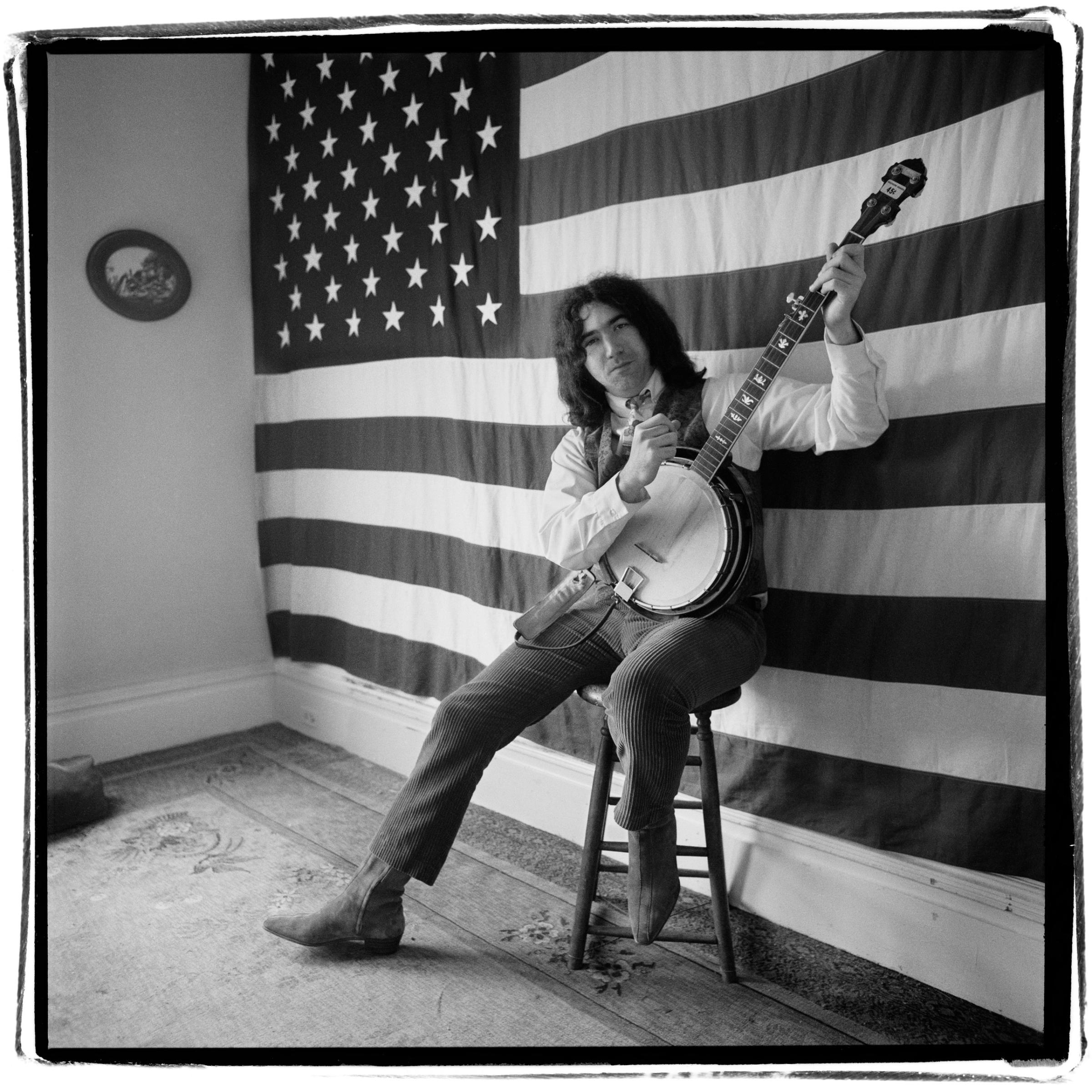
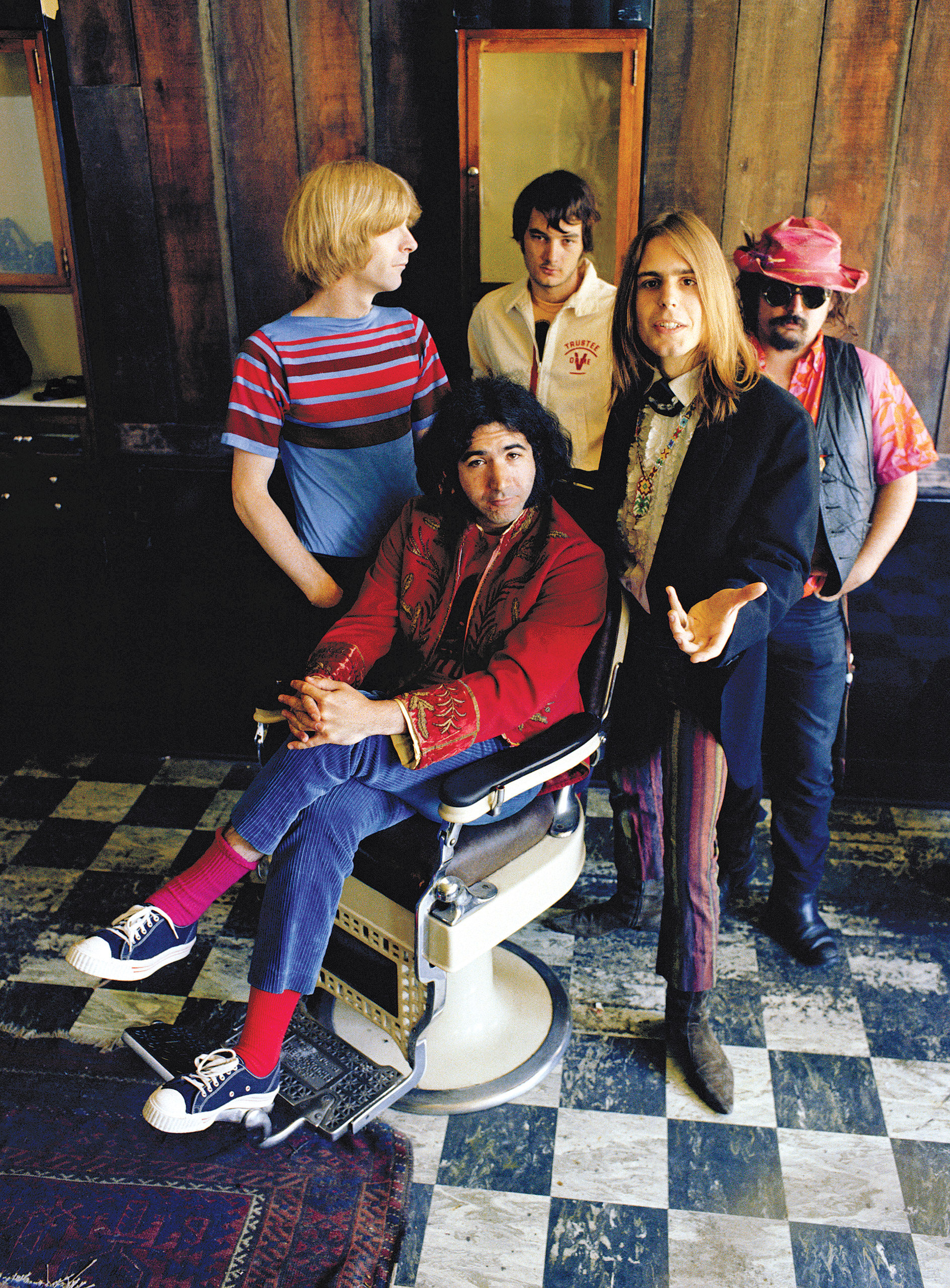
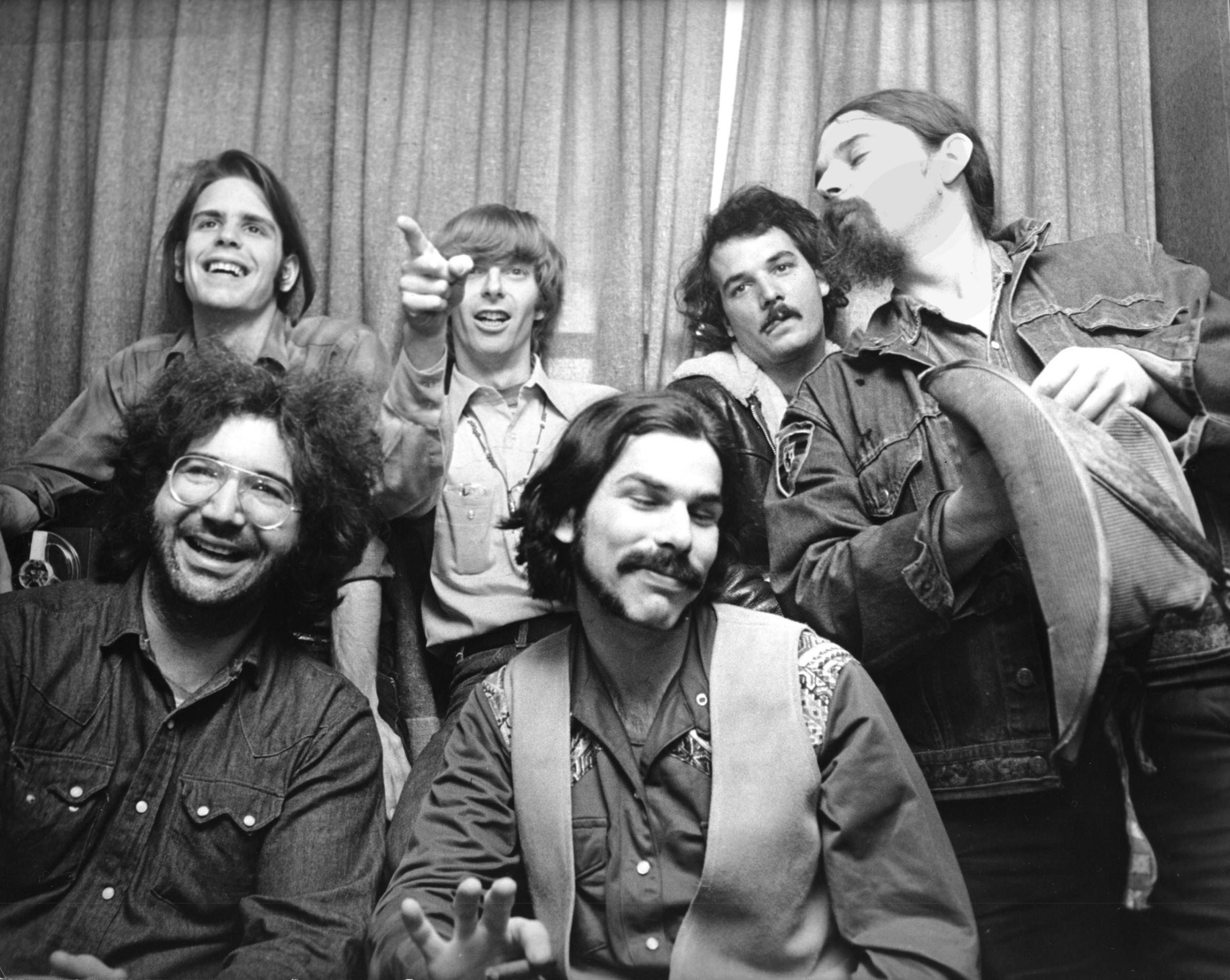
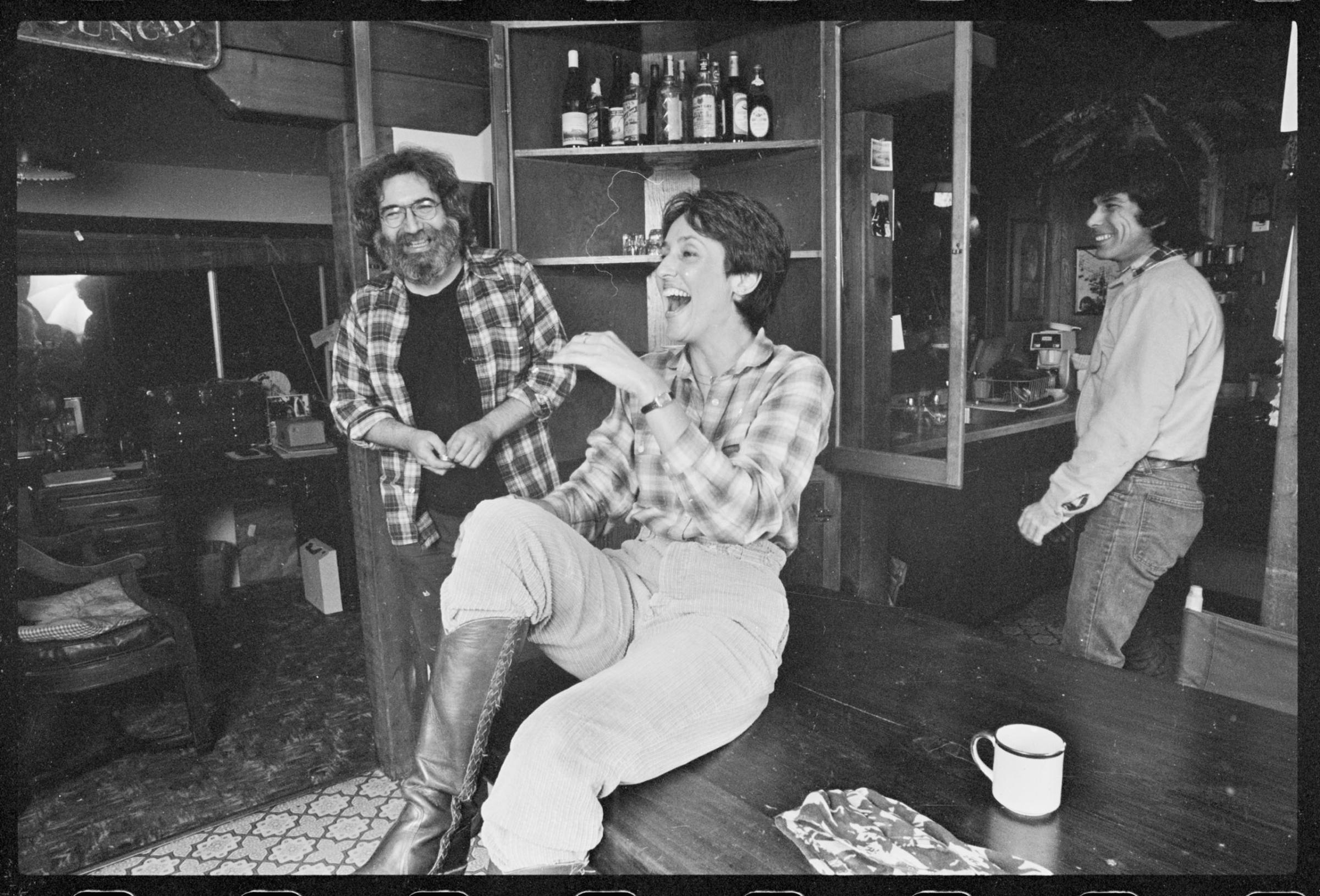
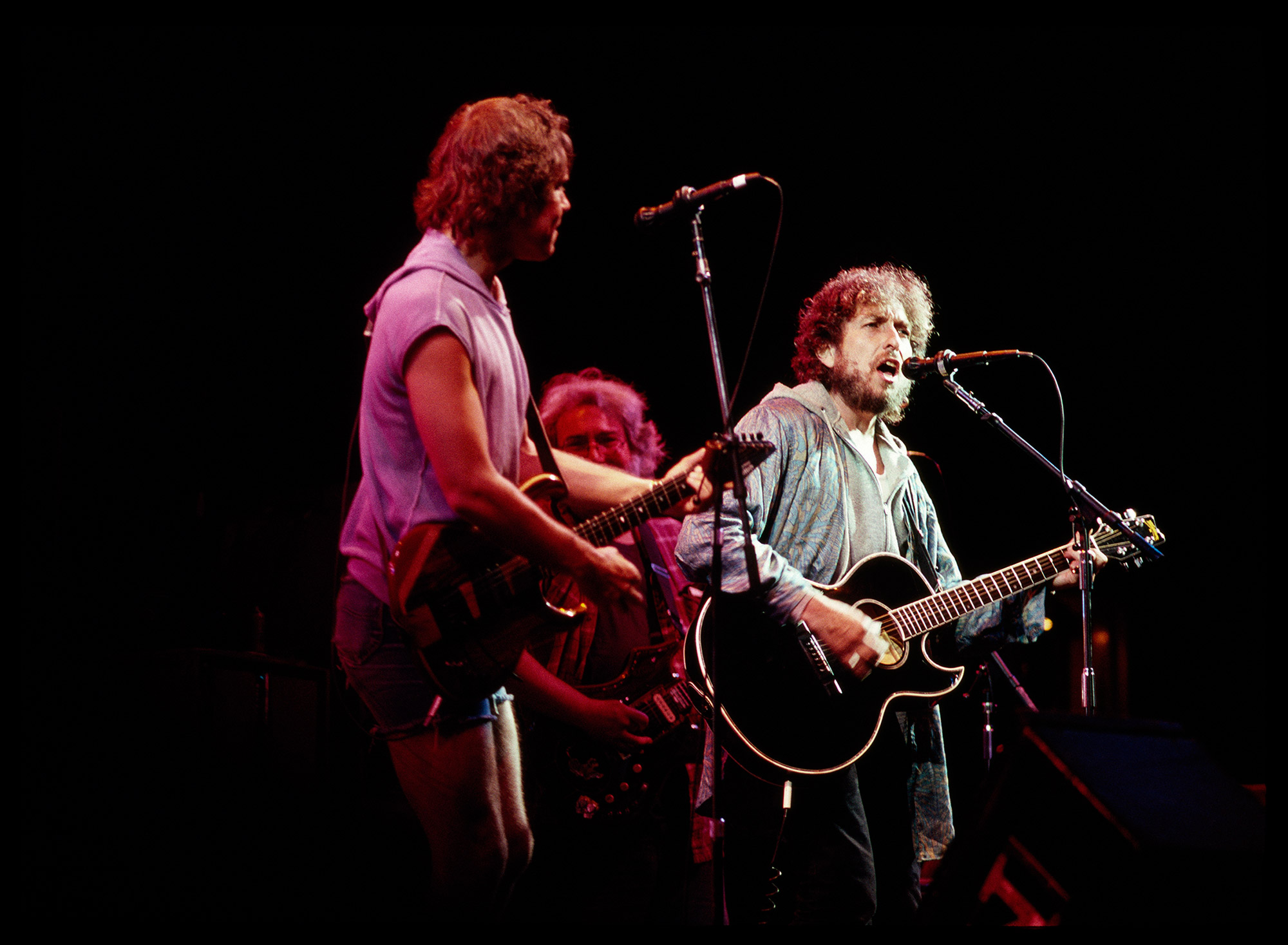
LSD had been an essential element of the Grateful Dead experience from their early days, when they were “the house band for (Ken Kesey’s) acid tests,” according to What’s That Sound?: An Introduction to Rock and Its History. And it’s worth noting that even some of the DEA’s later acid busts retained a Grateful Dead connection, such as the 2007 arrest of an Alaskan drug dealer with the words “DEAD” and “HEAD” tattooed on his knuckles—who, according to a DEA press release, “proclaimed ‘Sweet!’ when he received (a package containing LSD) from an officer posing as a postal service employee.”
The Grateful Dead’s music was more than just a soundtrack for psychedelic trips, of course. As TIME’s late film critic, Richard Corliss, noted in 1995, the band had fans far and wide—including some who presumably dropped little, if any, acid: then-Vice President Al Gore, Massachusetts Governor Bill Weld, and Vermont Senator Patrick Leahy, among others. Corliss added:
Though he often treated his body as a laboratory for exotic pharmacological experiments, Garcia was admired–with sensible reservations–by the nation’s most famous noninhaler, Bill Clinton. In an MTV interview last week the President called him “a great talent.”
Recently, some researchers have investigated beneficial medical uses of psychedelic drugs—but acid was only one element of Garcia’s pharmacological experiments, which also extended to the heroin he also regularly used. And while sales of LSD tanked after the Dead stopped touring, heroin has only flourished. If Garcia’s early death could be taken as a warning against long-term drug use, his celebrity gave it a glamorous luster, according to Corliss, who wrote:
In his drug taking he was a role model to some, a sacrificial totem to others. Wasn’t he killing himself to create more beautiful music? That music was often swell, and as leader of the most fan-friendly band in rock, Garcia was a sort of secular saint of pop culture. But he stuffed himself with seductive toxins–and the myth of the bohemian king–until he burst. His epitaph could be three words: Great. Full. Dead.
Read Garcia’s full obituary, here in the TIME archives: Jerry Garcia: The Trip Ends
More Must-Reads from TIME
- Why Biden Dropped Out
- Ukraine’s Plan to Survive Trump
- The Rise of a New Kind of Parenting Guru
- The Chaos and Commotion of the RNC in Photos
- Why We All Have a Stake in Twisters’ Success
- 8 Eating Habits That Actually Improve Your Sleep
- Welcome to the Noah Lyles Olympics
- Get Our Paris Olympics Newsletter in Your Inbox
Contact us at letters@time.com